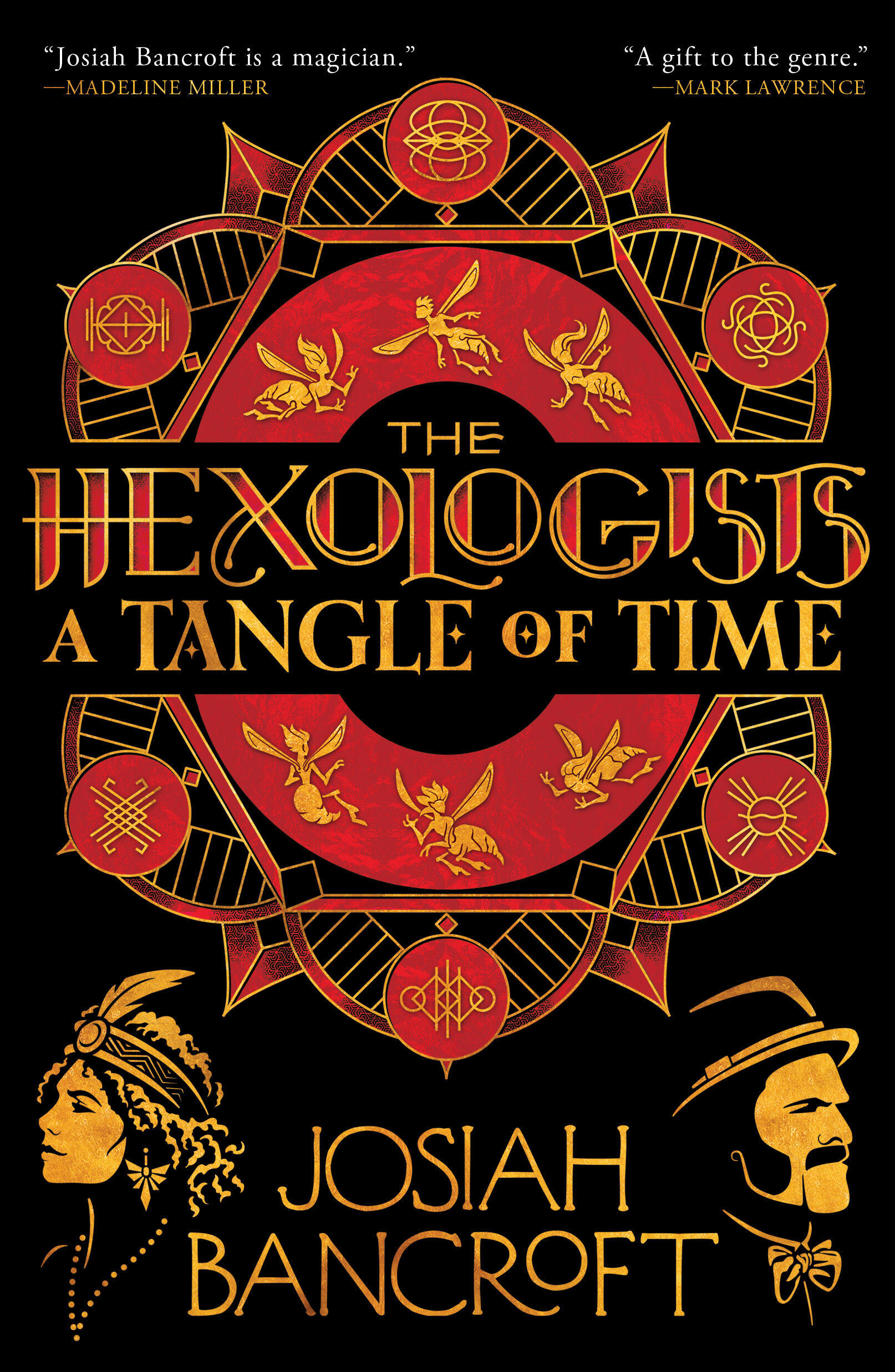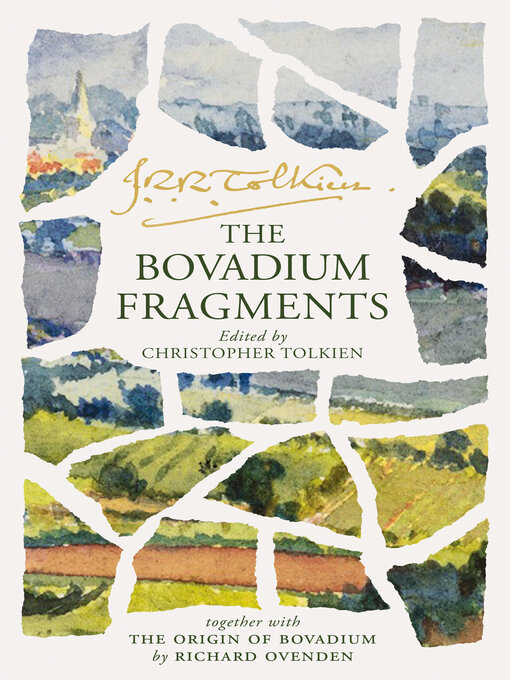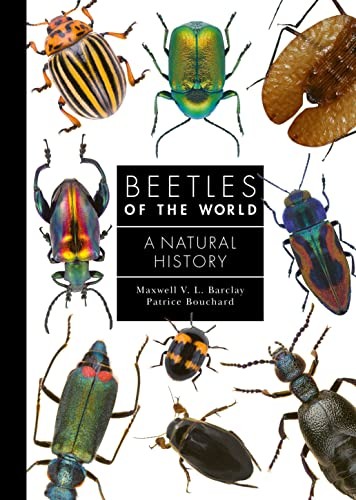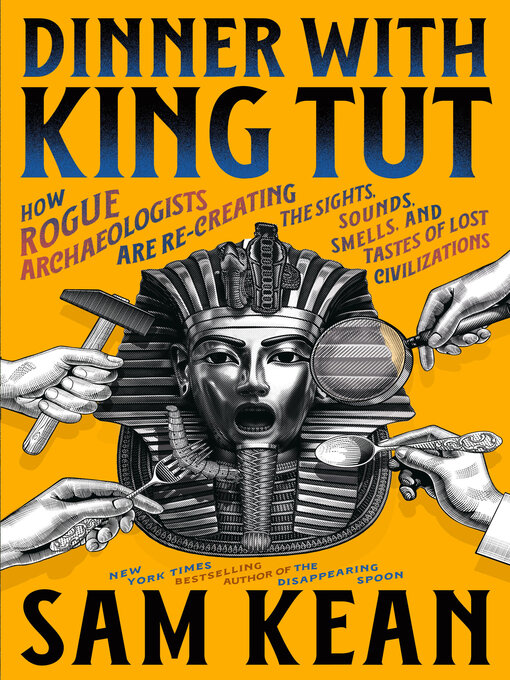Soh Kam Yung reviewed A Drop of Corruption by Robert Jackson Bennett (Shadow of the Leviathan, #2)
Another fascinating detective story, with various types of corruption.
4 stars
Another fascinating detective and investigative story involving Ana Dolabra and Dinios Kol. It starts with a locked room murder which is, of course, solved within a few chapters. But the repercussions of the murder would build up as the story progresses, until it would involve an attack on the Shroud, the mysterious and chilling artifact that the Empire uses to extract and process the blood of the Titans, that the Empire depends upon for its survival.
Unlike the first book, where suspects are investigated and then revealed as the story progresses, the identity of the murderer in this book is determined 'off-stage' halfway through the book. Instead, it is more of a CSI-type story, where the methods and motive of the murderer take centre stage. As the investigation progresses, we also get to see more of the author's world-building, as more biological augmentations are revealed, all possible due to …
Another fascinating detective and investigative story involving Ana Dolabra and Dinios Kol. It starts with a locked room murder which is, of course, solved within a few chapters. But the repercussions of the murder would build up as the story progresses, until it would involve an attack on the Shroud, the mysterious and chilling artifact that the Empire uses to extract and process the blood of the Titans, that the Empire depends upon for its survival.
Unlike the first book, where suspects are investigated and then revealed as the story progresses, the identity of the murderer in this book is determined 'off-stage' halfway through the book. Instead, it is more of a CSI-type story, where the methods and motive of the murderer take centre stage. As the investigation progresses, we also get to see more of the author's world-building, as more biological augmentations are revealed, all possible due to the Titan's blood that is being distilled in the Shroud. And one of those augmentations would give the murderer the ability to predict what Ana would do, leading to a cat and mouse game between two masters of logic and deduction.
If not controlled, the Titan's blood can cause biological corruption and disaster. And it doesn't help that the Shroud is at the edge of the Empire, bordering a corrupt, autocratic kingdom that the Empire is negotiating with. And as the investigation continues, Ana discovers yet more corruption in the bureaucracy of the Empire itself. All of these corruptions would come to a head at the climax of the story, leading Dinios to make a decision about his future that he has been reconsidering after months of working with Ana at what he thinks is an unglamorous job.
While the identity of the murderer is given to the reader, the methods and intent of the murderer could still be deduced from the story, if the reader is attentive enough. This reader was able to make a few logical deductions before their revelation in this inventive story.















